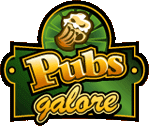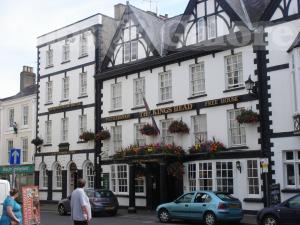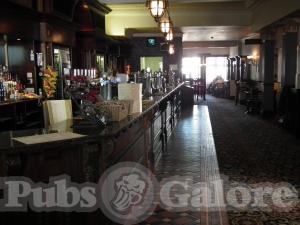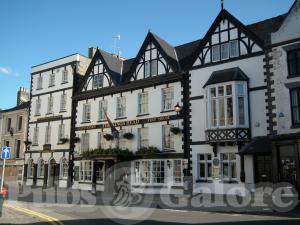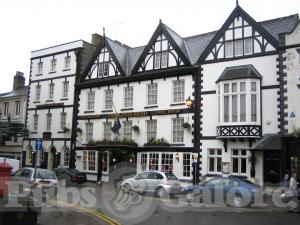Not already a member?
Join our community and
- Rate & review pubs
- Upload pictures
- Add events
JOIN for free NOW
Chat about:
Pubsgalore Crawl in Chesterfiield on Novenber 7th 2025 with Tris39
on the Pub Forum
Detail Pages
The King's Head (JD Wetherspoon), Monmouth
Pub added by elizabeth mcgraw
8 Agincourt Square
Monmouth
NP25 3DY
Monmouth
NP25 3DY
Pub Type
J D Wetherspoon
16th Aug 2012, 23:56
Picture submitted by Blackthorn _ approvedmore
14th Aug 2012, 21:21
Picture submitted by Blackthorn _more
13th Feb 2012, 23:00
Request to add pub to area Monmouth Town by Alan Hurdle approved
12th Feb 2012, 11:32
Pub map correction submitted by Alan Hurdle approved
12th Feb 2012, 11:32
Pub map correction submitted by Alan Hurdle
12th Feb 2012, 11:25
Request to add pub to area Monmouth Town by Alan Hurdle
16th Jul 2011, 00:28
Picture submitted by Walter Dunlop approvedmore
16th Jul 2011, 00:28
Picture submitted by Walter Dunlop approvedmore
15th Jul 2011, 15:58
Picture submitted by Walter Dunlopmore
15th Jul 2011, 15:57
Picture submitted by Walter Dunlopmore
16th Feb 2010, 22:58
Review submitted by Roger Buttonmore
30th Dec 2009, 20:29
Picture submitted by Roger Button approvedmore
30th Dec 2009, 15:30
Picture submitted by Roger Buttonmore
10th Apr 2009, 14:53
Web Link submitted by elizabeth mcgraw approvedmore
29th Mar 2009, 16:29
Web Link submitted by elizabeth mcgrawmore
30th Oct 2007, 15:37
This pub suggested by elizabeth mcgraw approved
30th Oct 2007, 11:04
This pub suggested by elizabeth mcgraw
